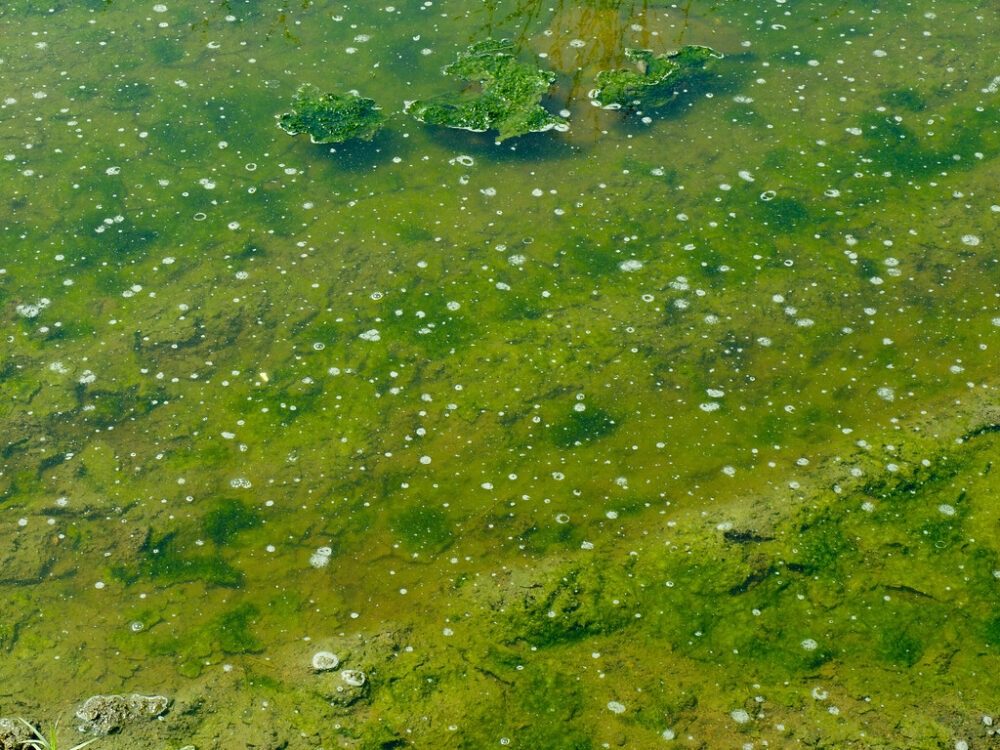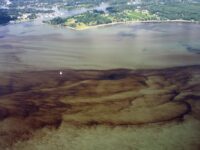Coating the concrete of a mismanaged pool or encroaching on the glass of a child’s forgotten fish tank, the presence of algae has been associated with neglect and disrepair.
But what tidy landscapers may consider inconvenient or harmful, is in fact a consequence of an impressive capability. Algae’s resilience in the harshest conditions makes it particularly suited to unique functions, including cancer research and biofuel production. In an increasingly warming world, scientists are now applying the plant’s ability to readily photosynthesize towards an imposing challenge. From carbon sinks to livestock supplements, algae is stepping into the limelight to battle climate change.
The term algae typically classifies aquatic, photosynthetic eukaryotes that lack leaves and roots. An outlier by this definition is algae’s parent, the prokaryotic cyanobacteria — the only bacteria capable of performing oxygenic photosynthesis. 1.5 billion years ago, using a method called endosymbiosis, a eukaryotic microorganism engulfed cyanobacteria. In this process, the two organisms became one, with the bacteria operating as an organelle — thus eventually creating the chloroplast. This process laid the framework for all consequent evolving plants, forever changing the earth’s surface and atmosphere.
“From carbon sinks to livestock supplements, algae is stepping into the limelight to battle climate change.”
Today, phytoplankton, a species of green algae, is responsible for almost half of global primary oxygen production. Microalgae can fix carbon dioxide 10-50 times better than regular terrestrial plants. This is partly due to trees’ slower growth rate and dependence on climate, sunlight, and water supply. For example, their vulnerability to large moisture losses directly impacts photosynthetic rates.
Scientists have used this logic to combat the climate crisis. By extending tanks of algae in otherwise uncultivable land — such as deserts — carbon dioxide can be absorbed without replacing arable space. This is not only an efficient method, but also economical, as algae can be cultivated at low costs and can thrive off of wastewater.
Additionally, algae has aided in reducing greenhouse gas emissions as a supplement for cows. Livestock with ruminant digestion — including cows, sheep, and goats — contribute about 37% of human-caused methane emissions. Of all relevant greenhouse gasses, methane absorbs solar radiation most effectively, making it a serious contributor to the climate crisis. A red algae species, Asparagopsis, mixed with livestock food, prevents the buildup of methane in the gut. By including just 0.20 percent of algae in livestock feed, methane emissions are lowered by 98% in cattle.
With technology and science capitalizing on new algal advancements, the humble autotroph becomes less and less of an enigma. In the end, the microorganism serves as a lesson; to resolve modern problems, one must remember their roots (or lack thereof).


